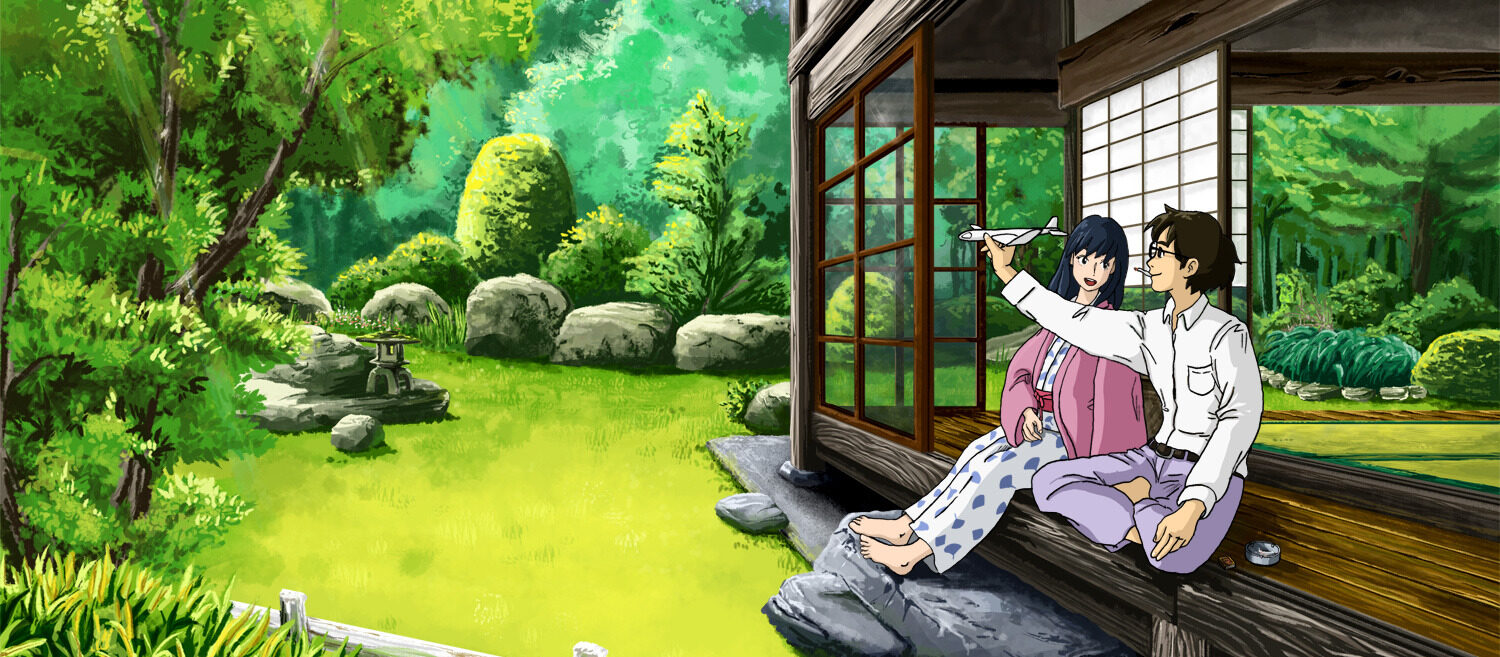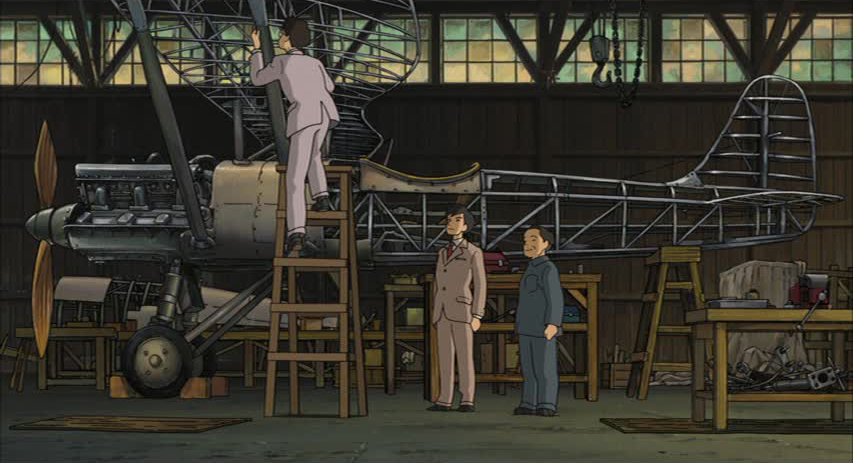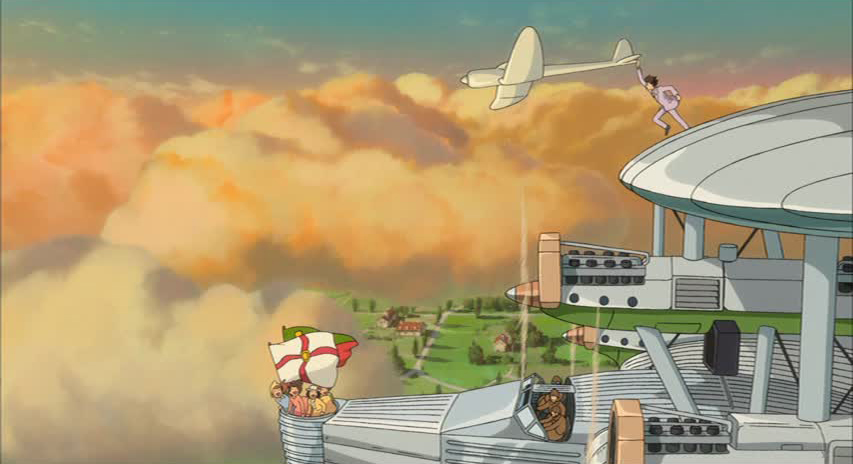

“The wind is rising. We must try to live.”
Until he came out of retirement for the forthcoming The Boy and the Heron, The Wind Rises served as the swan song of the renowned Hayao Miyazaki, whose sterling run of beloved animated films have done much to shape the Western perception of Japanese art and culture. While not his most imaginative or transportive work, it is arguably his most introspective and contemplative.
Using the life of wunderkind aeronautical engineer Jiro Horikoshi as a starting point, The Wind Rises examines what it means to live life well. As a young boy Jiro aspires to be a pilot, then shifts to designing planes when his poor eyesight precludes him flying them himself. But as he comes of age with the specter of WWII looming on the horizon, he questions his desire to build beautiful aircraft because he knows his work will be twisted to evil ends (a similiar quandary to the one examined in Christopher Nolan’s recent Oppenheimer). And even once he’s decided to commit to his vocation in spite of his reservations, falling in love with the behind-the-scenes grind along the way, he despairs that the utter dedication that his craft demands robs him of precious time with his ailing wife. Indeed, one of the primary points of criticism against the film is that Jiro doesn’t spend enough time with his wife—exactly! It’s a tragedy that his wife dies from tuberculosis, but the tragedy of the film’s story is that the pursuit of Jiro’s dreams prevents the husband and wife from cherishing their limited time together, that an iron will cannot transcend the realities of our perishing flesh.

There’s a lot of Miyazaki in Jiro (at least the Jiro presented in the film), in that both men made great personal sacrifices in order to engage in sustained efforts to realize their dreams. As Japan falls victim to poverty, natural disasters, and eventually war, Jiro finds solace in conversations with an imagined mentor/spirit guide (Italian plane designer Giovanni Caproni) who helps him confront the film’s central question: can an artist realize his potential and remain pure of heart when the underlying systems he depends upon are corrupt? Like Miyazaki, Jiro holds to a humanist, majestic, naïve view of life that allows him to bring wonder and beauty into a tainted world. In the early part of his career, Jiro’s prototype wood-and-canvas aircraft are pulled out into the test fields by oxen and he makes a brilliant insight by observing the curve of a mackerel bone—quite the romantic depiction. Later, as Japan strives to industrialize and compete on the world stage with the likes of American and Germany, Jiro oversees the design of sleek metal fighter planes—an absurd compromise, but one that guarantees him the resources he so desperately craves.

Throughout, Jiro is dimly aware that he’s only allowed to design these aircraft because the government intends to use them to kill people, but his perspective (and the film’s) is largely ignorant of the evils of the war. Jiro visits Germany and sees a person being chased by the SS but doesn’t ask questions. Neither is he curious when he is forced into hiding in his own country; he just goes where he’s told and takes his drafting board with him. He befriends a German expatriate but has no contextual understanding when the man is forced to flee.
While the film glosses over and renders symbolic the true atrocities of war in order to pick at the abstract idea of one’s dreams being distorted by time and circumstance, it is an incredibly thoughtful treatment of that concept. Recalling both the epic-yet-intimate dramas of David Lean (particularly Doctor Zhivago) and Akira Kurosawa’s Dreams, The Wind Rises gratifies with grand setpieces and delicate private moments that illustrate its core themes. Particularly memorable are the Kantō earthquake scene which introduces Jiro to his future-wife, and a sweet sequence involving a paper airplane.

Truth be told, although anachronistic technology and primitive flight have always been near and dear for Miyazaki, a historical wartime biopic seems totally unlike any of his other films. But The Wind Rises ties into the filmmaker’s overall body of work with its impressionistic, dreamlike structure. Many scenes begin in media res and are little more than vignettes. Some segments are clearly dreams or flights of fancy (note the inclusion of Caproni’s “flying boat”), but eventually those same visual motifs recur in what we are meant to perceive as the material world. It is here, in this state of ceaseless exotic reverie, far removed from the realm of conventional storytelling, where corporeal and spiritual matters find little distinction, that Miyazaki has always excelled. If The Wind Rises feels insufficient as a commentary on the social and political contexts of its historical backdrop, or as an assessment of historical trauma or collective guilt, or as a romance, or however you want to classify it, it absolutely succeeds as an exploration of a dreamer struggling to reconcile his visions with reality, but daring to dream anyway.